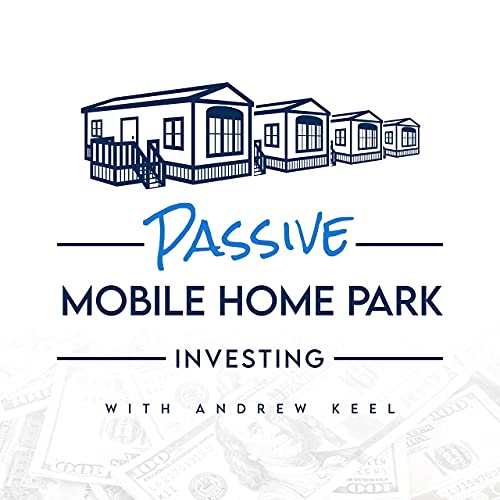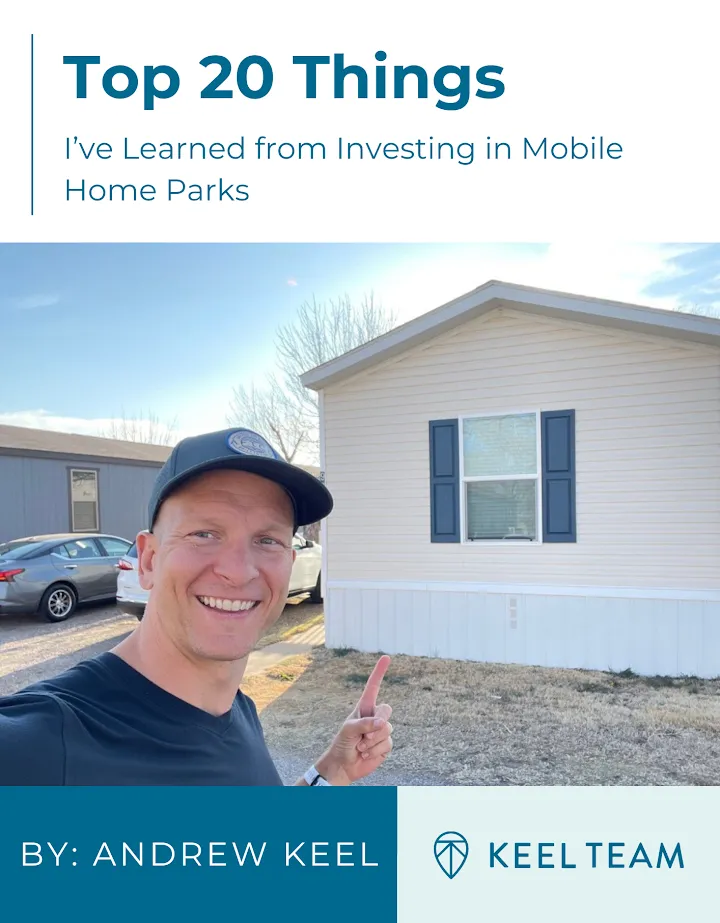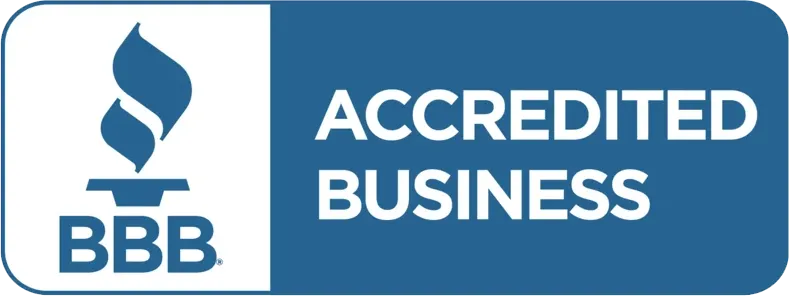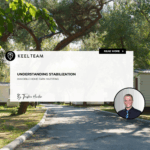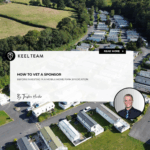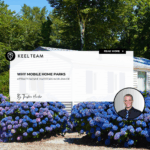Common Deferred Maintenance Issues in Mobile Home Parks (and How to Handle Them Like a Pro)
-
 Andrew Keel
Andrew Keel
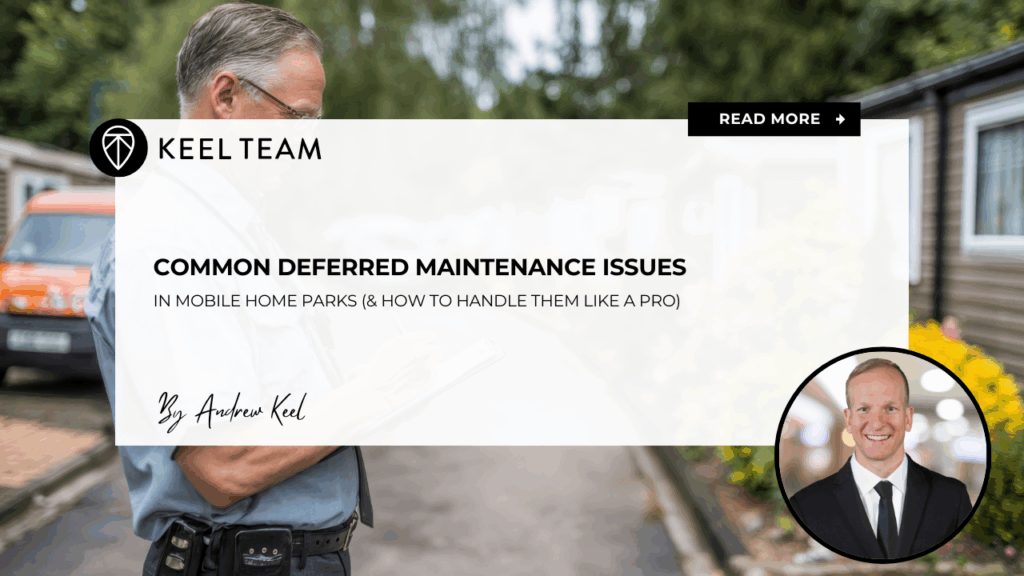
Buying an existing mobile home park built in the 1960s or 1970s can be a fantastic investment — especially if you know what you’re getting into. These older communities often sit on prime land, have strong tenant bases, and can generate steady cash flow. But beneath the surface, decades of wear and “deferred maintenance” can turn what looks like a cash cow into a capital sinkhole if you don’t plan ahead.
Here’s a rundown of the most common deferred maintenance items you’ll encounter in vintage mobile home parks — and what to do about them before you sign on the dotted line.
1. Underground Water Lines and Sewer Infrastructure
Most 1960s–1970s trailer parks were built with galvanized steel or cast iron water lines and clay or Orangeburg sewer lines.
- What happens: Over time, these materials corrode, collapse, or develop root intrusions. You’ll often see high water bills, low pressure, and constant leaks.
- What to check: Review utility bills for spikes, pressure-test the system, and camera-scope sewer lines before closing.
- Typical fix: Full replacement with PVC or HDPE lines — which can cost anywhere from $1,000 to $3,000 per lot depending on soil conditions and layout.
2. Electrical Systems
Many older mobile home parks were designed for 30-amp or 50-amp service, which may not meet modern standards.
- What happens: Residents with newer homes (or lots of appliances) trip breakers or overload pedestals. Some older panels may even be Federal Pacific, which are notorious fire hazards.
- What to check: Have an electrician inspect the main service panels, meter pedestals, and grounding.
- Typical fix: Upgrading pedestals to 100-amp service and replacing outdated wiring — an essential improvement for safety and tenant satisfaction.
Download our FREE eBook on the Top 20 things to know BEFORE investing in mobile home parks!
3. Roads and Paving
The roads in many older trailer parks are asphalt or chip-seal, and often haven’t been properly maintained in decades.
- What happens: Potholes, standing water, and uneven surfaces create liability risks and kill curb appeal.
- What to check: Look for cracking, poor drainage, and whether the base layer is intact.
- Typical fix: Budget for resurfacing or full-depth reconstruction. A mill-and-overlay typically runs $2–4 per square foot; full rebuilds can double that.
4. Old-School Water and Sewer Meters
If the mobile home park is master-metered and billing tenants individually, older meters may be inaccurate or broken.
- What happens: The property ends up subsidizing tenant usage or dealing with disputes over bills.
- What to check: Inspect a sample of meters for functionality and age.
- Typical fix: Replacing meters with digital or AMR (automatic meter reading) units for more accurate tracking and easier billing.
5. Trees and Overgrown Landscaping
Big, beautiful trees often come with old trailer parks — and big root systems that invade sewer lines or lift pavement.
- What happens: Damage to roads, underground utilities, and mobile home roofs during storms.
- What to check: Hire an arborist or landscaping company to assess tree health and risk.
- Typical fix: Removing dead or high-risk trees and trimming others regularly. Budget $1,000–$3,000 per large tree removal.
6. Stormwater and Drainage Problems
Mobile home parks built before modern drainage codes often have poor grading or undersized culverts.
- What happens: Standing water, flooding of yards and streets, erosion under roads.
- What to check: Inspect after a rainfall, look for ponding or washed-out areas.
- Typical fix: Regrading, adding culverts, or installing French drains — critical for long-term stability and tenant satisfaction.
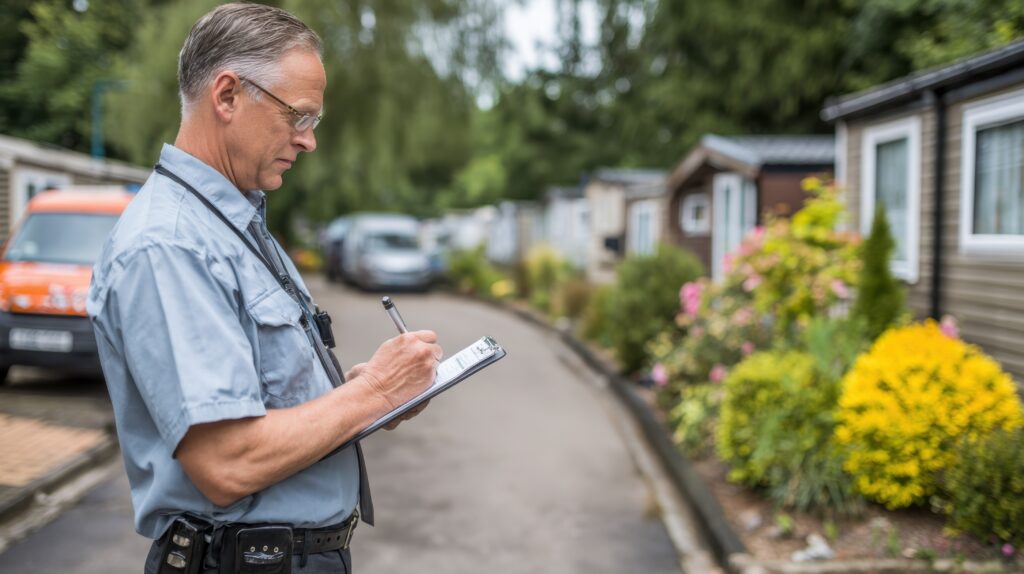
7. Community Buildings and Common Areas
If your trailer park has an office, laundry, or clubhouse, expect outdated roofs, HVAC, and plumbing.
- What happens: Deferred updates lead to leaks, high utility costs, or unusable space.
- What to check: Get a building inspection just as you would for an apartment complex.
- Typical fix: Roof replacement, updated HVAC, LED lighting, and plumbing fixtures can modernize the space without breaking the bank.
8. Lot Skirting, Pads, and Utility Connections
Decades of use mean uneven pads, broken skirting, and leaky connections.
- What happens: Tenants experience standing water, poor drainage, and higher maintenance complaints.
- What to check: Walk each lot or at least a representative sample; look for cracked concrete, broken tie-downs, or exposed plumbing.
- Typical fix: Grading and re-leveling lots, new utility risers, and concrete runners where necessary.
9. Signage and Lighting
Old signage and low lighting are often overlooked but have a huge impact on perception and safety.
- What happens: Dimly lit streets and worn signage make the property feel unsafe and uninviting.
- Typical fix: LED streetlights and a refreshed entrance sign are low-cost, high-impact upgrades that instantly boost curb appeal.
10. Septic and Wastewater Systems (if applicable)
If the property isn’t on public sewer, it may have aging septic tanks or treatment systems nearing the end of their life.
- What happens: Backups, overflows, and environmental compliance issues.
- What to check: Have the system inspected and pumped; ask for maintenance records and local health department permits.
- Typical fix: Replacement can be expensive, so this should factor heavily into your offer price.
Wrapping It Up: Deferred Maintenance = Opportunity
Buying a 1960s–1970s mobile home park isn’t about avoiding deferred maintenance — it’s about knowing where it is and pricing it in.
Each item on this list represents a potential risk and an opportunity to add value. Savvy investors who plan for infrastructure improvements can turn dated mobile home parks into clean, efficient, and profitable communities that tenants are proud to call home.
Are you looking for MORE information? Book a 1-on-1 consultation with Andrew Keel to discuss:
- A mobile home park deal review
- Due diligence questions
- How to raise capital from investors
- Mistakes to avoid, and more!
Disclaimer:
The information provided is for informational purposes only and is not investment advice or a guarantee of any kind. We do not guarantee profitability. Make investment decisions based on your research and consult registered financial and legal professionals. We are not registered financial or legal professionals and do not provide personalized investment recommendations.
Andrew Keel
View The Previous or Next Post
Subscribe Below 👇
